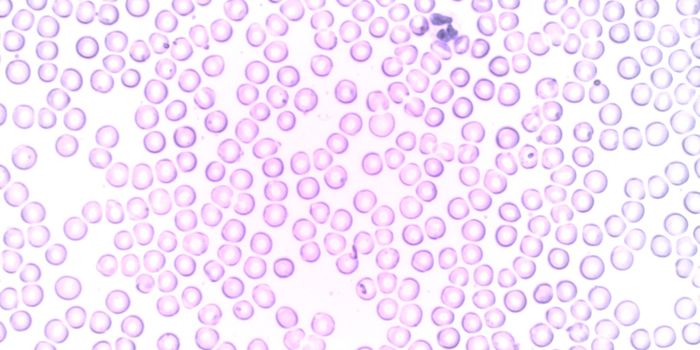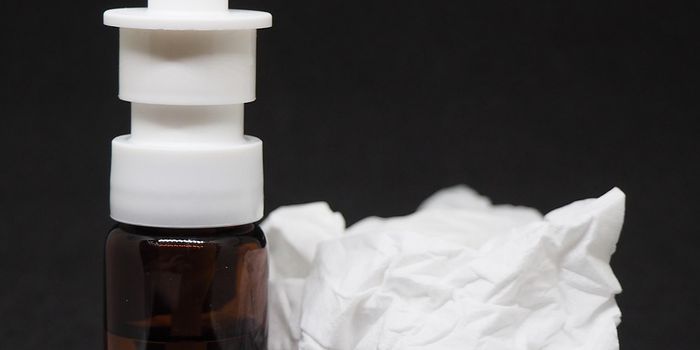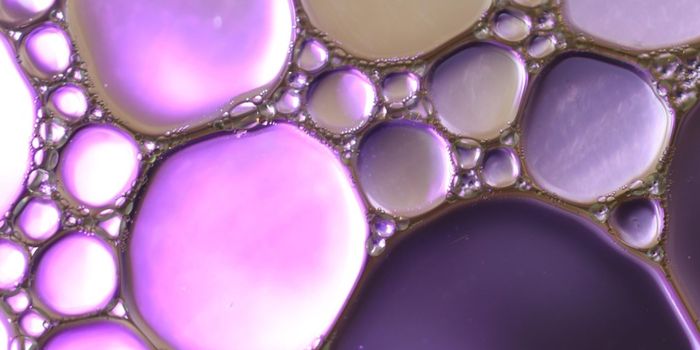A Gene Editing Treatment That Takes Aim at Herpes Infections
It's estimated that almost half of the world's population - about 3.7 billion people under the age of 50 - are infected with (HSV-1), which can cause oral herpes. About half a billion people between the ages of 15 and 49 are infected with herpes simplex virus-2 (HSV-2), the cause of genital herpes. There are therapeutics that can eliminate some symptoms of herpes, like blisters, but there is no cure for the infection, and those who are infected can spread the virus to others. Studies have suggested that HSV-1 may increase the risk of dementia, and HSV-2 raises the risk of HIV infection.
Scientists have now developed a gene therapy that can eliminate as much as 90 percent of oral herpes and 97 percent of genital herpes infections in pre-clinical mouse models. The gene therapy also reduced the level of virus that was released from an individual in a mouse model of the infection. These reductions took about one month to be completed, and more of the virus seemed to be eliminated over time. The work has been reported in Nature Communications.
"Herpes is very sneaky. It hides out among nerve cells and then reawakens and causes painful skin blisters," said Keith Jerome, MD, PhD, a professor in the Vaccine and Infectious Disease Division at Fred Hutch Cancer Center. "Our aim is to cure people of this infection, so that they don't have to live with the worry of outbreaks or of transmitting it to another person."
This gene therapy works with a infectious but harmless viral vector, which is necessary to deliver the therapeutic reagents to cells. The vector sends enzymes that modify herpes into nerve cell groups where the herpes virus tends to accumulate. The herpes virus is enzymatically altered with a molecule called a meganuclease, which cuts the herpes virus genome in two places.
"These cuts damage the virus so much that it can't repair itself. Then the body's own repair systems recognize the damaged DNA as foreign and get rid of it," explained first study author Martine Aubert, PhD, a principal staff scientist at Fred Hutch.
This work has improved upon a previously developed genetic treatment, and made it safer and less expensive. Three vectors and two meganucleases were required in that approach. Now, the therapy has fewer side effects and is cheaper. It could also be much safer for people, although tests will now be required to determine how well it works in humans. The scientists are now aiming to develop an HSV-2 therapeutic that could be used in people.
"We're collaborating with numerous partners as we approach clinical trials so we align with federal regulators to ensure safety and effectiveness of the gene therapy," Jerome said. "We deeply appreciate the support of herpes advocates as they share our vision for curing this infection."
Sources: Fred Hutchinson Cancer Center, Nature Communications









